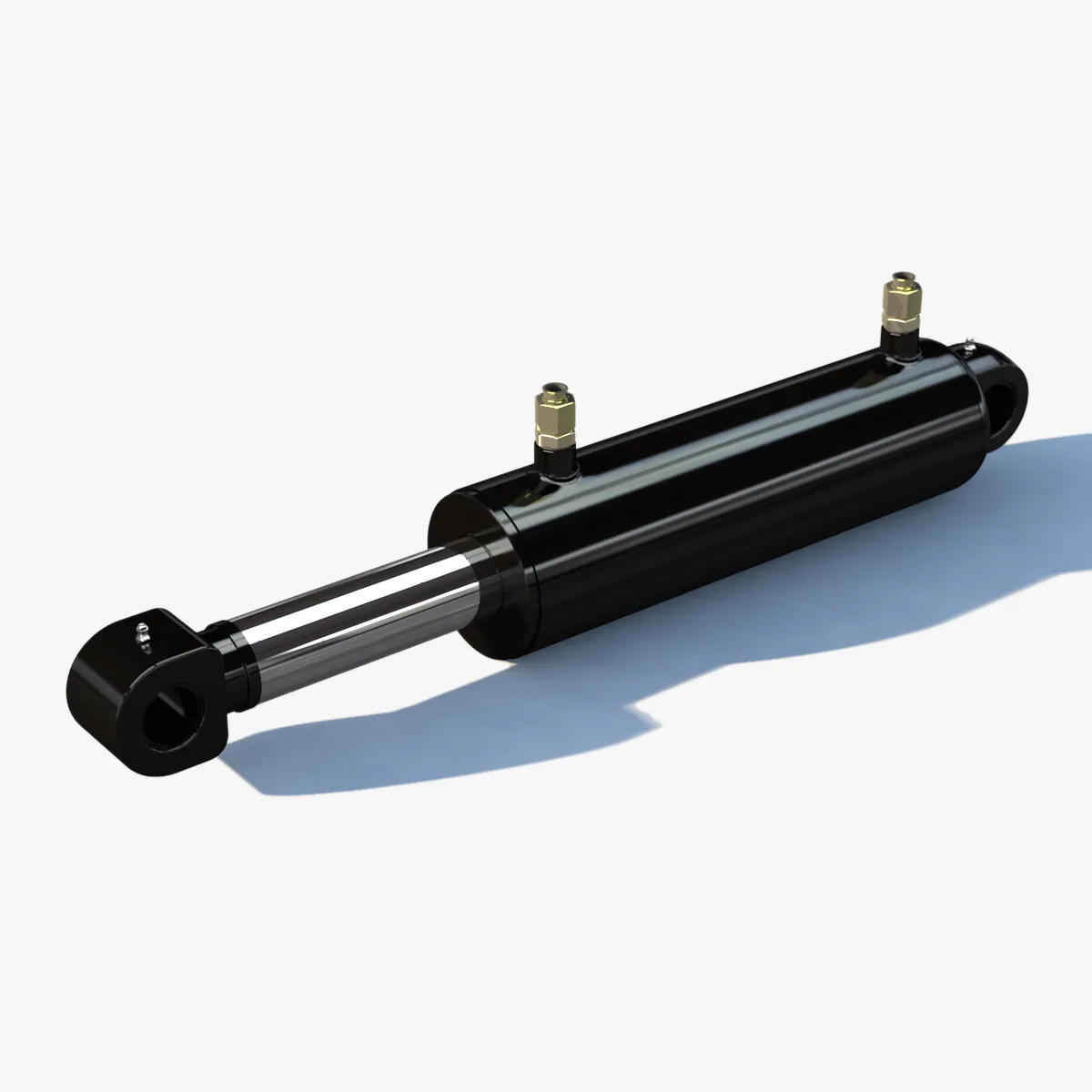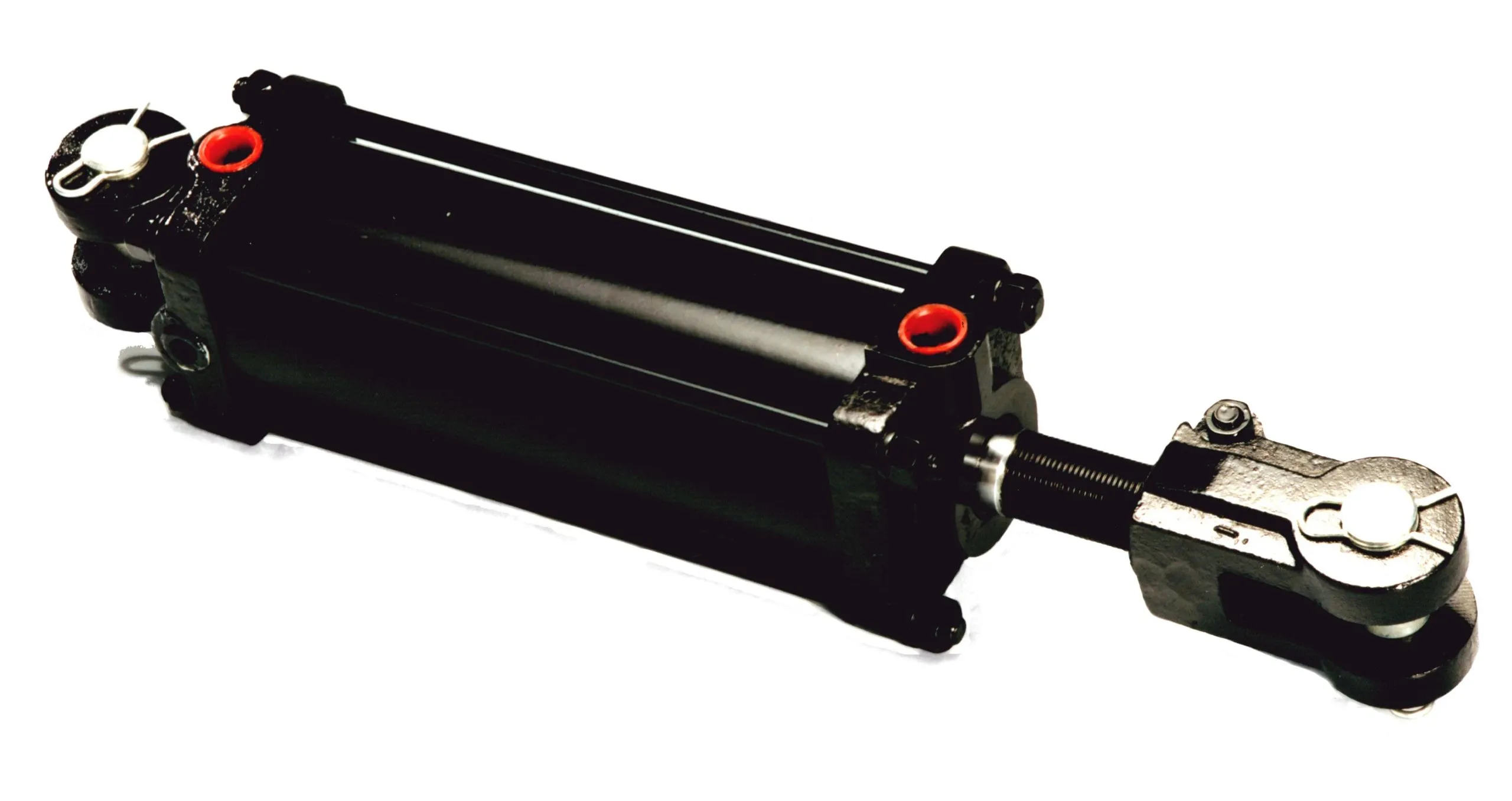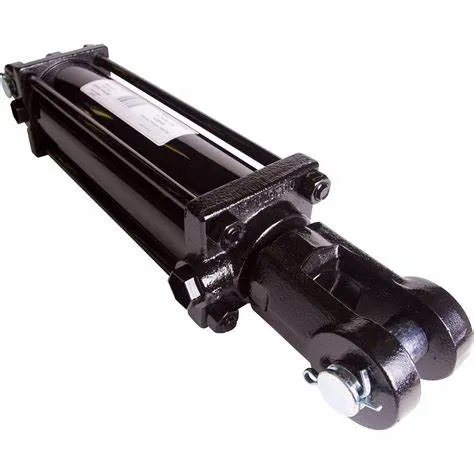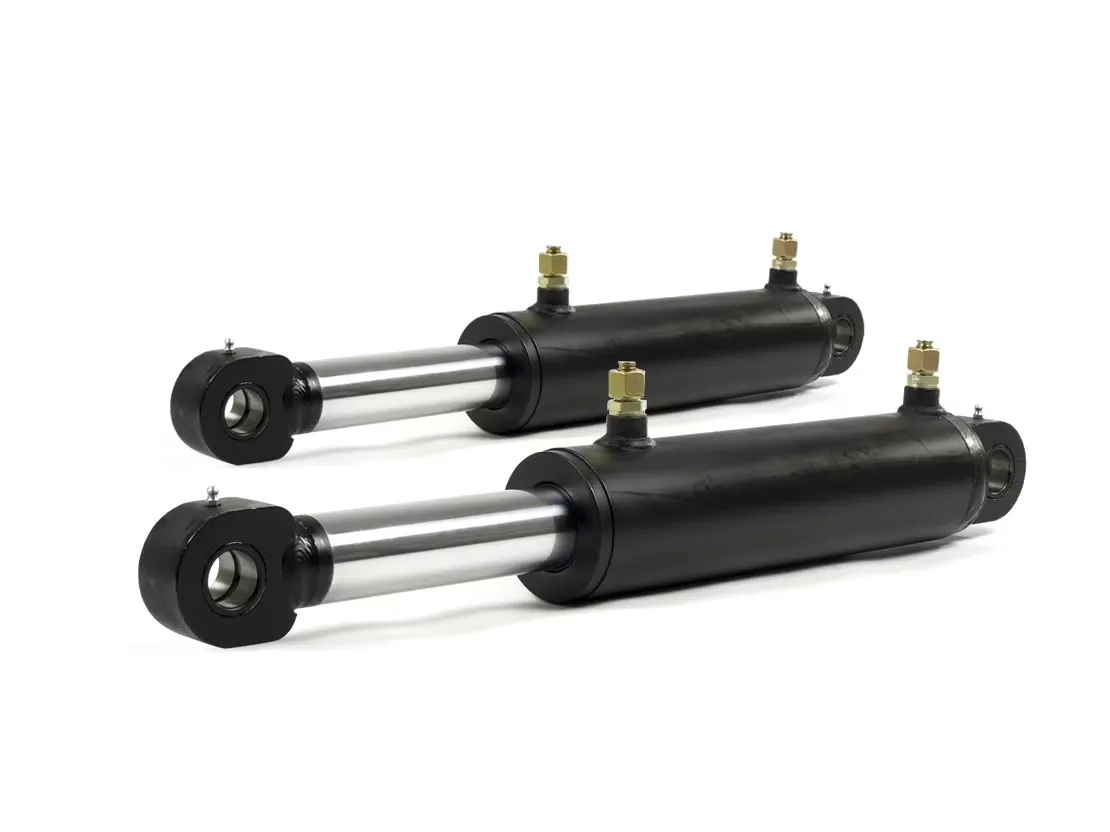The Essential Guide to Locking Single-Acting Hydraulic Cylinder For Automation Systems
Introduction to Locking Single-Acting Hydraulic Cylinder
Locking single-acting hydraulic cylinders are a crucial component in automation systems. These cylinders work under hydraulic pressure in one direction and feature a locking function to prevent movement in the absence of pressure.
Design and Construction Characteristics
The design of the locking single-acting hydraulic cylinder is characterized by its locking mechanism, which ensures safety by keeping the piston in place even when hydraulic pressure is lost.
Locking Mechanism – Safety
The locking mechanism of these cylinders can be mechanical or hydraulic, providing a reliable way to prevent accidental retractions and ensure operator safety.
- Variety: The locking mechanism can be customized with different devices such as spring-loaded locks or pin locks to suit specific applications.
- Compact Structure – Space Optimization: These cylinders are designed to be compact, making them ideal for use in confined spaces.
- Precision Manufacturing: High-precision machining and strict quality control measures ensure the reliability and performance of each component.


Working Principle
Locking single-acting hydraulic cylinders operate using a single-acting mechanism, where hydraulic oil is pumped to extend the cylinder and a locking mechanism holds the piston in place to prevent retraction.
Types and Configurations
There are three main types of locking single-acting hydraulic cylinders, each designed for specific applications:
- Pin Lock
- Latch Lock
- Hydraulic Lock

Benefits of Locking Single-Acting Hydraulic Cylinder
These cylinders offer several advantages, including enhanced security, reliability, and simplicity in operation and maintenance.
Application Scenarios
Locking single-acting hydraulic cylinders are commonly used in construction equipment, manufacturing, transportation, and aviation for various applications that require precise control and safety.
Design Considerations and Selection Criteria
When selecting a locking single-acting hydraulic cylinder, factors such as bearing capacity, sealing, durability, safety, and maintainability should be carefully considered to ensure optimal performance.
Sealing and Lubrication
Proper sealing and lubrication are essential for the efficient operation of locking single-acting hydraulic cylinders. Regular maintenance and the use of high-quality seals and lubricants are recommended.
Preventive Maintenance
Regular inspection and preventive maintenance measures are crucial to ensure the long-term performance and reliability of locking single-acting hydraulic cylinders.
Installation Guide
Follow the correct installation procedures to ensure the proper functioning of locking single-acting hydraulic cylinders. Proper alignment, lubrication, and calibration are key to optimal performance.
Maintenance Tasks
Regular inspection, lubrication, seal replacement, and calibration inspection are essential maintenance tasks to prolong the service life of locking single-acting hydraulic cylinders.
Safety Considerations
Adhering to safety measures and considering environmental factors are essential when using locking single-acting hydraulic cylinders to prevent accidents and ensure operator safety.

Unit Power
The unit power of locking single-acting hydraulic cylinders is influenced by factors such as cylinder diameter, operating pressure, piston speed, and load conditions, which impact the efficiency and performance of the hydraulic system.
Optimizing Power Unit
Optimizing the power unit of locking single-acting hydraulic cylinders can improve efficiency, energy savings, and reliability, leading to enhanced performance and reduced operating costs.
FAQs
1. How does the locking mechanism in a single-acting hydraulic cylinder work?
The locking mechanism prevents accidental retractions by holding the piston in place using mechanical or hydraulic locks.
2. What are the main components of a locking single-acting hydraulic cylinder?
The main components include the cylinder, piston, locking mechanism, seals, and hydraulic fluid.
3. What advantages do locking single-acting hydraulic cylinders offer over standard single-acting cylinders?
Locking cylinders provide enhanced safety, reliability, and precision control compared to standard cylinders.
Long-Tail Keywords
- Locking Single-Acting Hydraulic Cylinder for Heavy Machinery
- Customized Locking Single-Acting Cylinder Solutions
- High-Precision Locking Mechanism for Automation Systems
Our Company
We are a leading hydraulic cylinder replacement manufacturer with a complete product line and a strong presence in domestic and international markets. Our company offers professional services, international certifications, customized solutions, and comprehensive after-sales support.
Author: lyl
